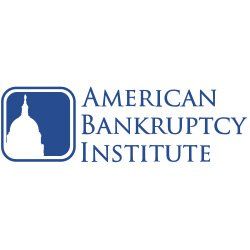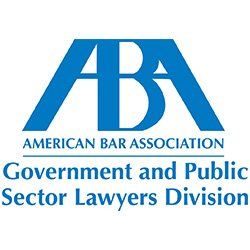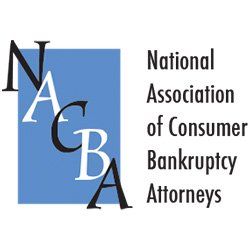CLIENT LOGIN
×What You Need To Know About Filing For Personal Bankruptcy
If you are considering filing for bankruptcy and live in Massachusetts, you need to know the difference between Chapter 7 bankruptcy and Chapter 13 bankruptcy. These are the two main types of personal bankruptcy but each have their own set of rules and stipulations that are paramount in choosing the right one for your own personal needs.
Chapter 7 Bankruptcy. This type of bankruptcy filing is known as straight bankruptcy. What it involves is a liquidation of your assets that are not considered exempt. Exempt property can be tools for work, automobiles and some household furnishings. You can file for Chapter 7 bankruptcy once every six years and some of your property may be sold or given to your creditors. You must also qualify for this type of bankruptcy since only those that cannot afford to pay on their debts are considered. If you can afford to pay some of your debtors then you have to choose the Chapter 13 status instead. Also keep in mind that some debts cannot be discharged. Some examples include back taxes and student loans.
Chapter 13 Bankruptcy. This type of bankruptcy is a little different. You receive a payment plan through the court as long as you have a steady income. You are allowed to keep your property that might otherwise be sold; this can include your home and automobiles. Once you have made the court approved payments, your debt is settled. This one is more of a debt consolidation as opposed to a Chapter 7 bankruptcy, which is a total liquidation of assets that are nonexempt.
Since both require the help of bankruptcy attorneys, simply contact Evans & Evans Law in order to research the right information and choose the most experienced and appropriate lawyer in Massachusetts.
Main Office
Phone: (978) 548-5174
Email: andrew@evansevanslaw.com
FREE Case Evaluation
FREE Case Evaluation
We will get back to you as soon as possible.
Please try again later.
© 2021 Evans & Evans, P.C.. All Rights Reserved.








